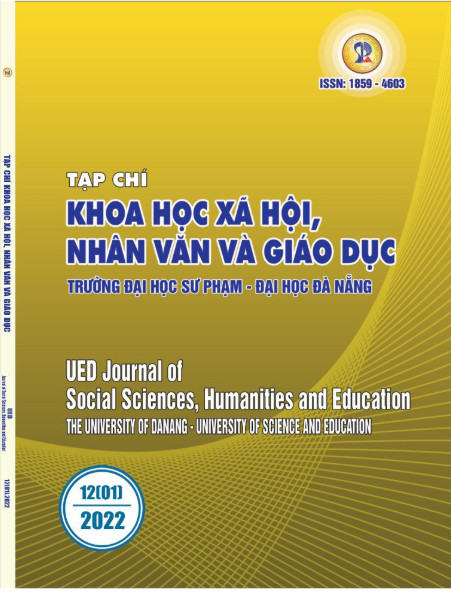PLACE - MAKING IN KAWABATA YASUNARI’S NOVELS
Abstract
Kawabata Yasunari’s novels can be said to be an image of landscape and Japanese people of their own nature. In a certain
sense, his work is the identity for Japanese culture. The compositions of “the melancholy artist wandering in looking for the beauty” are
bold in landscape, depicting typical scenes of the land of cherry blossoms such as the scenery of the ancient capital with temples,
gardens, pine forests, mountains, or the wild snow country with four seasons changing leaves… The landscape in Kawabata’s eyes
carries an “aware” heart and is a place for people to discover themselves. The journey of the characters (the main character in
Kawabata’s storied hardly stays in one place) is almost not to perform specific jobs, but is really a search for a place, to heal, to exist.
It can be said that the spaces and places in Kawabata’s novels are imbued with “the sense of place”. The theory of place in
phenomenology, to the concept of the “sense of place” in Phenomenology of Architecture, or Humanistic Geography, all aim to describe
places man in a space with the interaction between his inner being and the outside world. A place is not just a place, it is an environment
that affirms and confirms the existence and existence of people only. Place includes the cohesion of all internal and external factors,
place includes the spirit of place, individuality, stability, sense of place. It even leads to concepts such as the identity of the place, the
state of no place, or the death of the place... The article wants to re-read Kawabata’s works under the theory “sense of place” of
architectural phenomenology to clarify Kawabata’s making Japanese landscape once again, in the way of Orient spirit, Japanese
aesthetics, as he himself wrote in his Nobel Prize acceptance speech - “Japan the Beautiful and Myself”.

